
Place-driven Practice
Running for just two weeks across various locations in greater Walyalup, the Fremantle Biennale: Sanctuary, seeks to invite artists and audiences to engage with the built, natural and historic environment of the region.
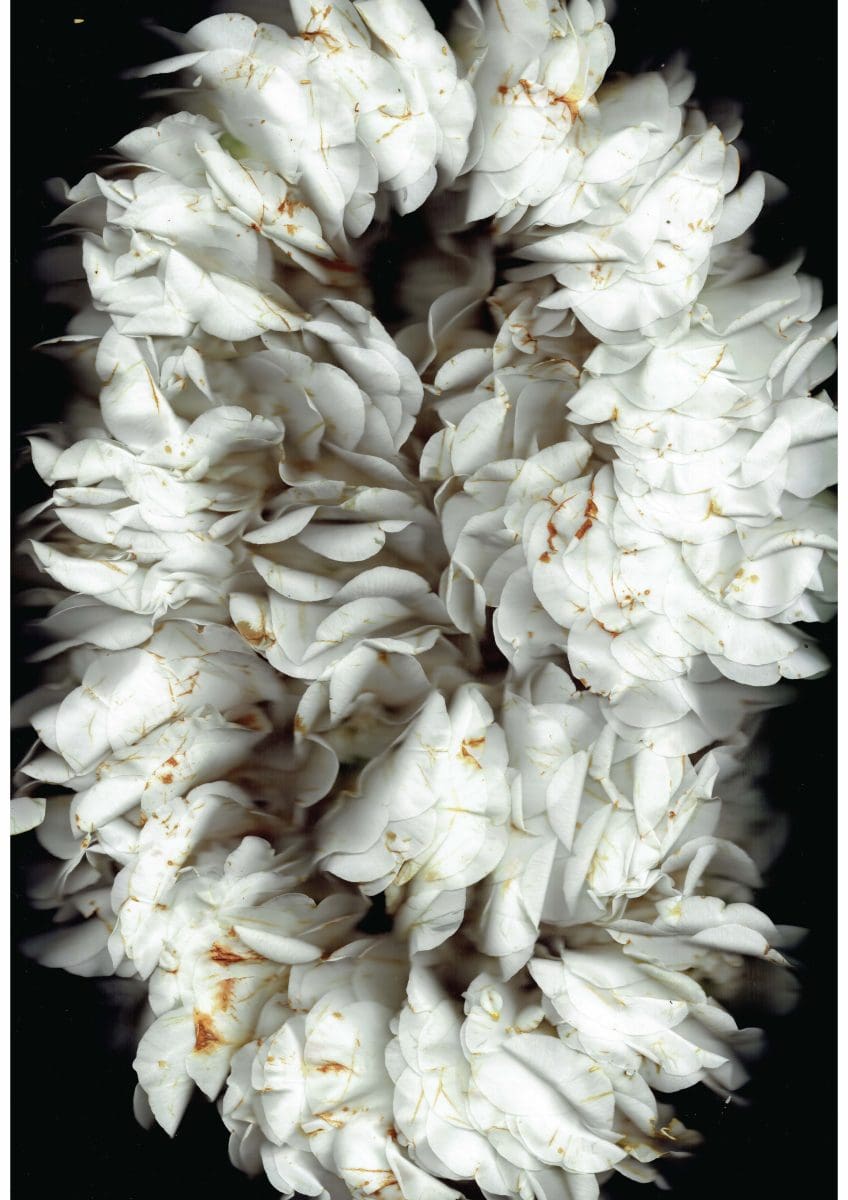
Zaiba Khan, White camellia mala. Image courtesy of the artist.

Anna Varendorff, Concentric Chair, 2022, stainless steel, old bike wheels, dimensions variable. Image courtesy the artist

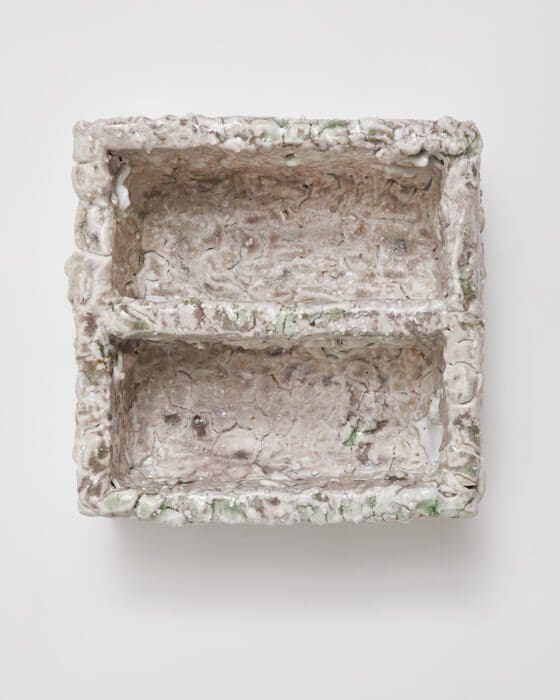
The call of the handmade is strong right now, spanning multiple disciplines with artists, makers and designers creating objects that reflect the diversity of contemporary life. Thinking about what it means to be a craft practitioner in 2022, four younger and emerging artists—Zaiba Khan, Anna Varendorff, James Lemon and Claudia Lau—speak to Briony Downes about their craft-focused practices. They talk about their contributions to the Craft Contemporary 2022 festival at Craft Victoria (and online), and the challenges facing young creatives—from skills to money to risk-taking.
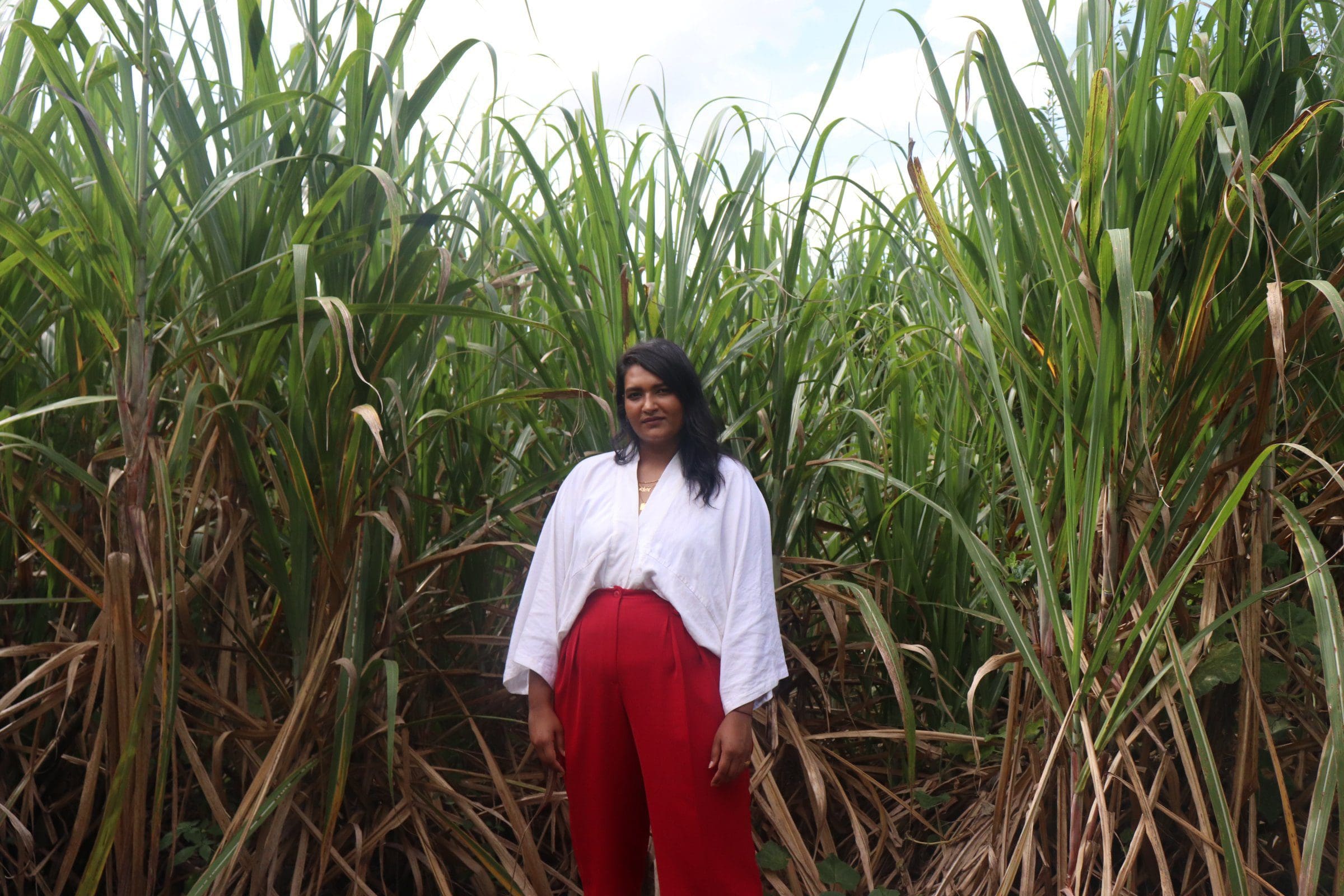
Zaiba Khan, artist and jeweller
BD: How would you define contemporary craft?
ZK: It’s a practice allowing for the transmission of knowledge and has the power to distill time and culture into permanence through skill and materiality. It has the innate physical signature of its maker embedded within it, and for this reason I believe craft is living. The object becomes spirited with time, touch, meaning, intention, and the life it lives beyond the maker’s hands. To me craft is a record, an anchor, a conduit, and a universal intelligence.
BD: What are you presenting at Craft Contemporary 2022?
ZK: I’ll be hosting a free Round Table conversation at Craft Victoria with fellow craft practitioners, discussing the notion of ‘Craft and the Intangible’. We’ll be looking at how grief, love, memory, healing, innate knowledge, oral history and spirituality can be siphoned into objects through the act of making.
BD: What are the driving forces behind your practice?
ZK: My practice is rooted in my context as an Indo-Fijian Muslim woman, and descendent of Fiji Girmit. I see ’practice’ as a mode of being, meaning it is something I do every day, even when I’m not making. A way of observing, absorbing and thinking, and the making itself: a form of notetaking, documenting, and experiencing cultural practices. Sometimes as an act of preservation, other times to create new meaning with old knowledge.
BD: What are the challenges facing contemporary craft practitioners?
ZK: Obvious but, Covid and its repercussions. Lack of funding making access to education and equipment more difficult. The idea of originality or authenticity in the face of saturation. Being able to explore and play can be a challenge in and of itself. The social, political, economic and cultural context of each individual usually presents its own challenges too.

Anna Varendorff, artist, educator and founder of ACV Studio
BD: How would you define contemporary craft?
AV: I would describe it as a pursuit of skilled making, but rather than the historical model of apprenticing into a field, a contemporary craftsperson is now quite self-directed. The quality of both material and skill required to create a contemporary craft object is simply not mass producible—the craftsperson is inextricable from the outcome. Responding insightfully to the contemporary condition with form and function is the contribution of the learned craftsperson. I’m not there yet, but it’s something to aim for.
BD: What are you presenting at Craft Contemporary 2022?
AV: I am presenting a chair I made from disused bike wheel rims and stainless steel. It’s titled Concentric Chair, and the idea is that in the future a version of the chair can be made by people anywhere, just by following simple instructions.
BD: The circle is a dominant presence in your work. What draws you to this form?
AV: The circle is a form I come back to again and again, I love them. I’m not sure if it’s the clarity of their geometry or if it’s the fact a circle is non-hierarchical because it has no dominant orientation. Or if they are allegorical of journey, or completeness . . . maybe all those things. They offer infinite design possibilities: circles have incredible natural structural strength and compelling aesthetic strength, and they offer visual rhythm by nature of their undulating form.
BD: What are the challenges facing contemporary craft practitioners?
AV: The never-resolved challenge that faces all artists, writers, designers, makers, etc. is how to make a living and still improve in your craft. Being good at anything in a masterly way requires skill, practice and knowledge. It’s only possible to improve with time and application. In turn, a career is something only time and consistent application can produce. The difficulties of practicing to improve whilst working to live remain at loggerheads.
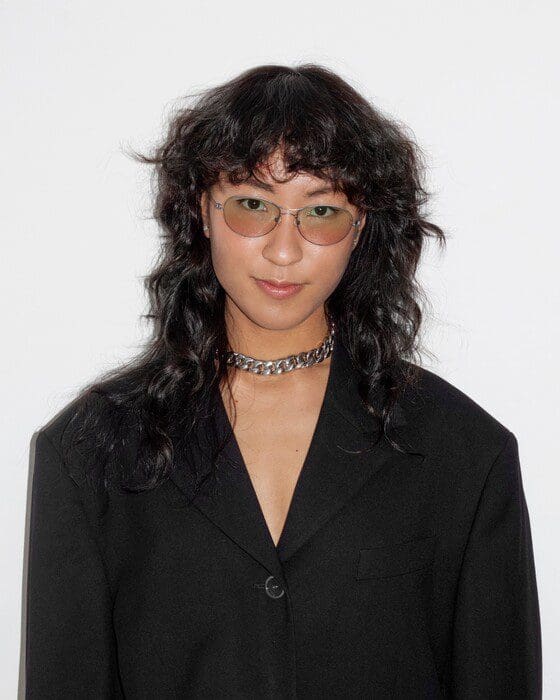
Claudia Lau, Ceramic artist and director of House Editions
BD: How would you define contemporary craft?
CL: I think of contemporary craft as objects that reinterpret existing knowledge with the overlap of science to make it relevant to the culture of today. The technical aspects and boundaries of the medium; art, the maker’s personal language and distinct hand; tradition and the time-tested vocabulary of movements and ideas that are shared generationally. Contemporary craft inherently highlights the continuing contribution of craft to the culture of our time.
BD: What are you presenting at Craft Contemporary 2022?
CL: I will be leading an online Advice Clinic for Craft Victoria about the balance of maintaining a studio practice in Melbourne alongside managing House Editions, a ceramic design and production studio based in Jingdezhen, China. I’m giving insight into my design process for concept and product development, material exploration, systems of prototyping and testing, processes of selection and refinement, and ways of distribution and handling within a ceramic material landscape.
BD: What sits at the heart of your ceramics practice?
CL: My practice is glaze and surface driven, reflecting a curiosity of interrogating and unpacking nature through a shift in materials. Domesticity is explored as a consistent theme with views on discovering the materiality of ceramics and functionality, both directly and conceptually. Both draw on the ceramic medium as my way of discovering, learning and reflecting on my relationship with nature.
BD: What are three things necessary to your practice?
CL: Dedication. Ceramics is an earned skill made through practice and discipline. It can take years of endless and repetitive actions before you can effortlessly and beautifully make the simplest of pieces.
Openness. Ceramics is unique for the dramatic material transformation that takes place in the kiln. It is a constant challenge of experimentation and expectation.
Curiosity. Ceramics combine a sense of curiosity with an intelligent use of materials to unite beauty with function. It is a medium that has allowed us to connect to ourselves and connect with a long tradition of makers, embracing the work of diverse cultures in an authentic and inclusive way.
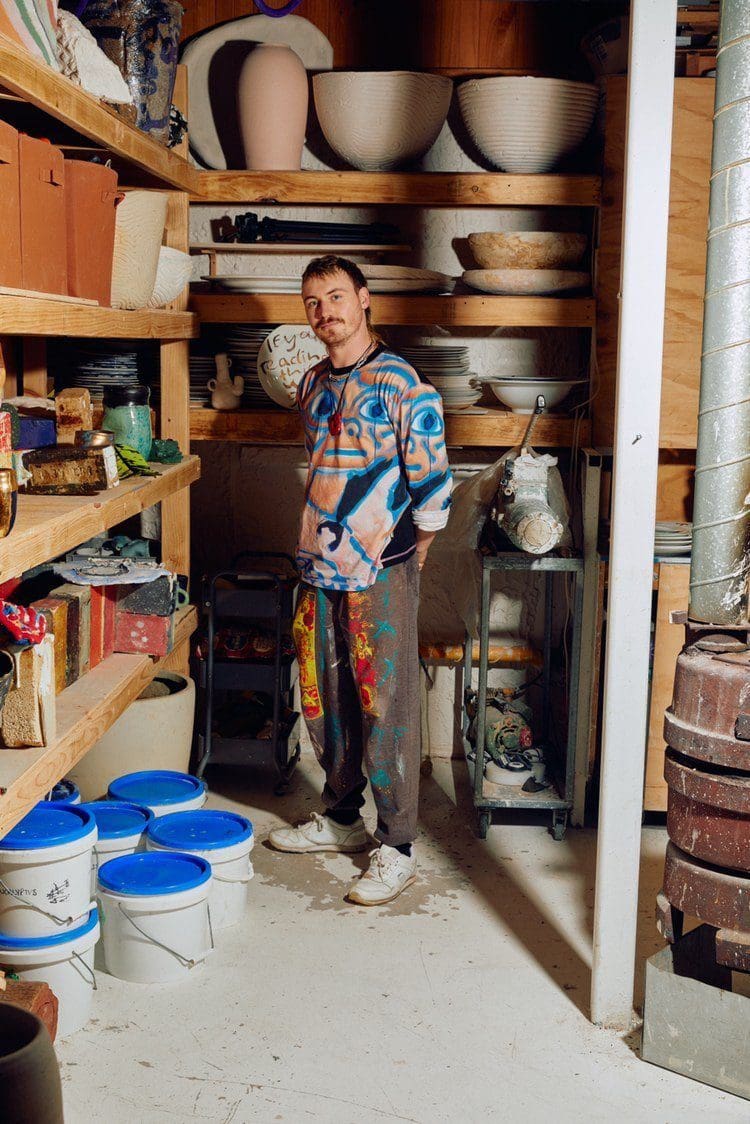
James Lemon, ceramic artist
BD: How would you define contemporary craft?
JL: Contemporary craft should be mysterious and witchy, first and foremost. Craft has its hands in rich and ancient lineages of fabrication; after thousands of years (if not millions, even if we include other species), it remains a method of discovery, invention and survival.
BD: What are you presenting at Craft Contemporary 2022?
JL: I have work exhibiting at Craft Victoria in The Chair. My piece is called Zoe, and it’s a bronze cast of a playground swing that has been mangled and melted. This is based on an intrusive thought I had once; I was thinking about heat waves and their consequences on our designs.
BD: Your work has been described as tactile and playful. What materials and methods do you employ to achieve these characteristics?
JL: I use clay mainly, and I’m exploring new materials such as bronze. Clay has an energy I try to reveal rather than create. Ceramics can be such a tense medium; I hate it sometimes. I typically throw and hand-build my ceramic work. The way I glaze is also relevant. I don’t subscribe to perfection when glazing. I did at one point, and now and then, I’ll employ those skills for the desired effect, but perhaps my work is playful because I can’t stand being bored when making my work.
BD: What are the key differences between solo practice and the collaborative process?
JL: It depends on who you’re working with. For a client with a particular brief, confinements can be a great challenge. In my solo work, I’m secretly trying to find discomfort. To be a drift in an open ocean of directions.
BD: What are the challenges facing young contemporary craft practitioners?
JL: Climate change. That’s probably the most significant challenge, I would think.
Craft Contemporary 2022
Various locations in Victoria and at Craft Victoria, and online
1 October—31 October